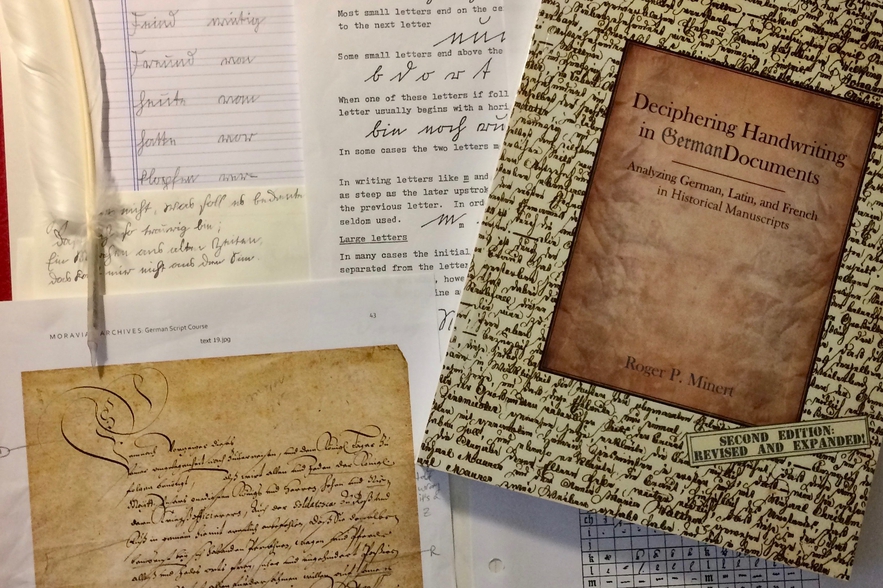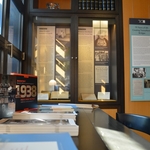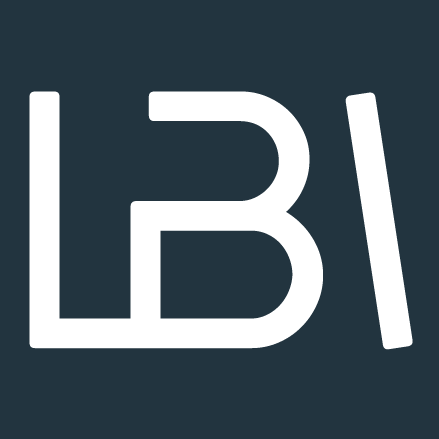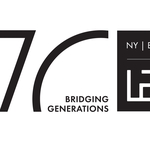A Course in Old German Scripts

- Datum
- So., 11. Okt. 2020
In an era when primary school students no longer learn modern cursive and quickly move from pencils to keyboards, cursive is a fading artform. One LBI archivist went back to school to study the German cursive scripts used centuries ago and found that penmanship still counts for those who want to study history.
Many documents and correspondence held in the LBI Archives are written in older forms of German cursive handwriting. At the beginning of June, I had the exciting opportunity to attend a two-week intensive course in early modern German paleography taught by archivists at the Moravian Church Archives in Pennsylvania, held for the first time online via Zoom due to the pandemic.
German handwriting scripts developed differently in the past than English handwriting scripts; an English reader today can often read handwriting of the eighteenth century. However, early modern German handwriting is less similar to modern German handwriting, with many letters having a different form than in modern cursive script, creating difficulty for modern readers. The most prominent handwriting script was called Kurrentschrift; later variants included Offenbach and Sütterlinschrift. Today these handwriting styles are sometimes referred to simply as the “old German script.”
During the course, our time was split between learning to write Kurrentschrift—an essential aid to recognizing the forms of the letters—and reading older documents. Our penmanship progress was tested by daily handwriting quizzes. In the first week we learned the basic forms of the letters, followed in the second week by learning the Jena method of teaching handwriting; the latter taught learning the letters based on the similarity in strokes of various letters, thereby focusing on the correct shapes of letters. Once our instructors were confident of our ability to write proper Kurrentschrift, we had the chance to practice writing with quills and ink.
More than half of the course, including group work during class as well as our daily homework and final exam, was spent practicing transcribing documents written in older scripts. Most of these consisted of documents of the eighteenth century, including many German documents about colonial America, although there were also some examples of writing in earlier and later centuries. Through this focus on reading texts, we learned some helpful tips such as identifying letters that resemble each other, becoming familiar with earlier ways of spelling, reading words letter by letter, or even reading words backwards in order to correctly identify problematic letters.
Following the completion of the course I presented what I learned during the course to other interested LBI staff members. We have also formed a small German script study group, where we now meet to practice reading and transcribing documents in older scripts.
From LBI News No. 110
Aktuelles





